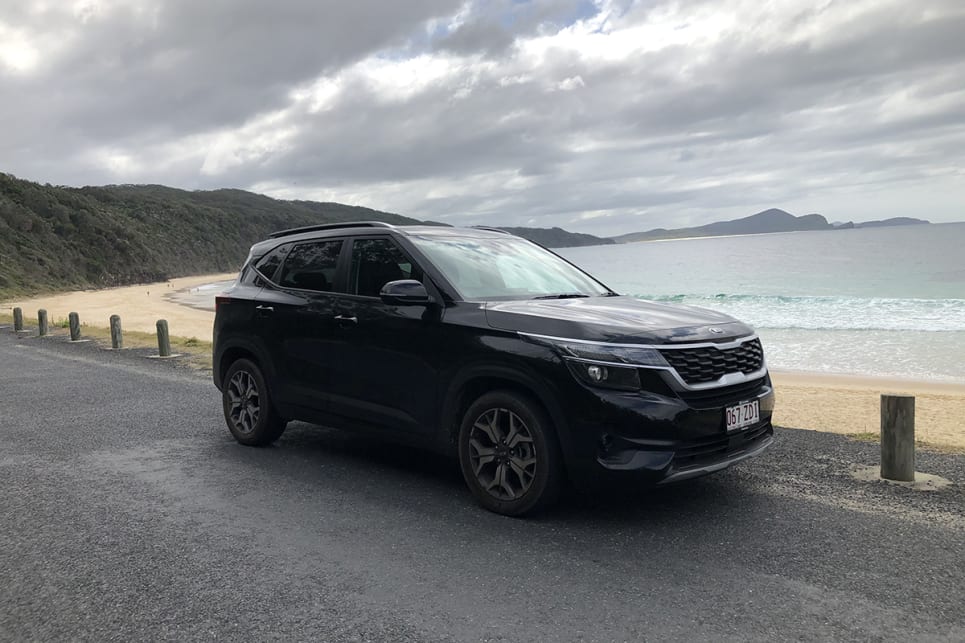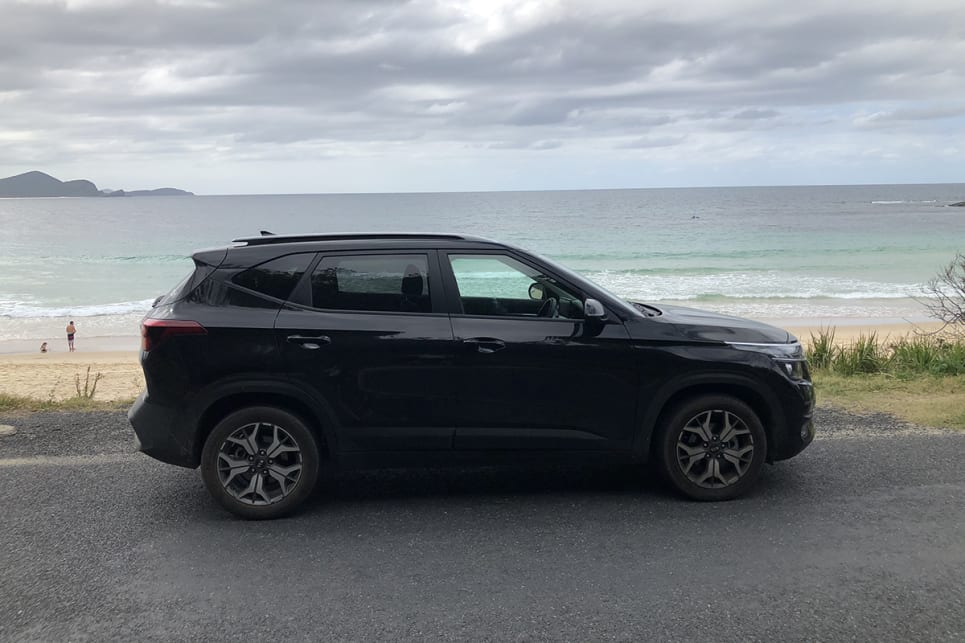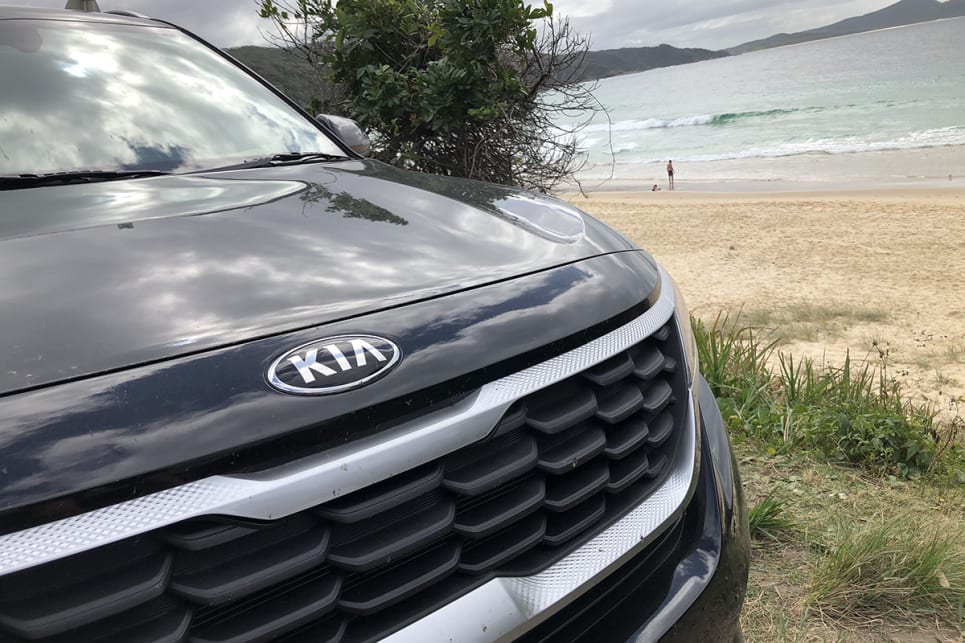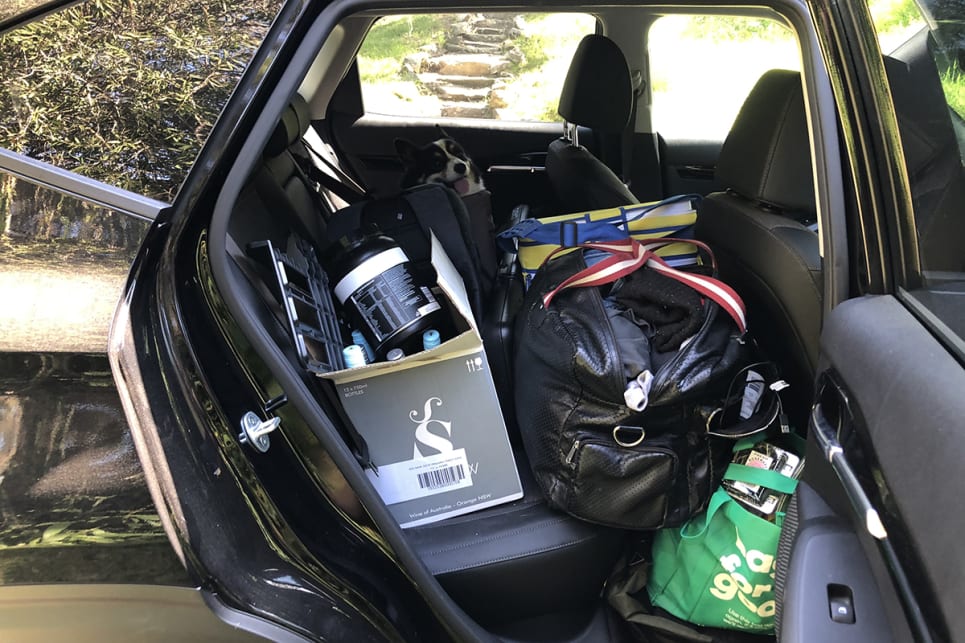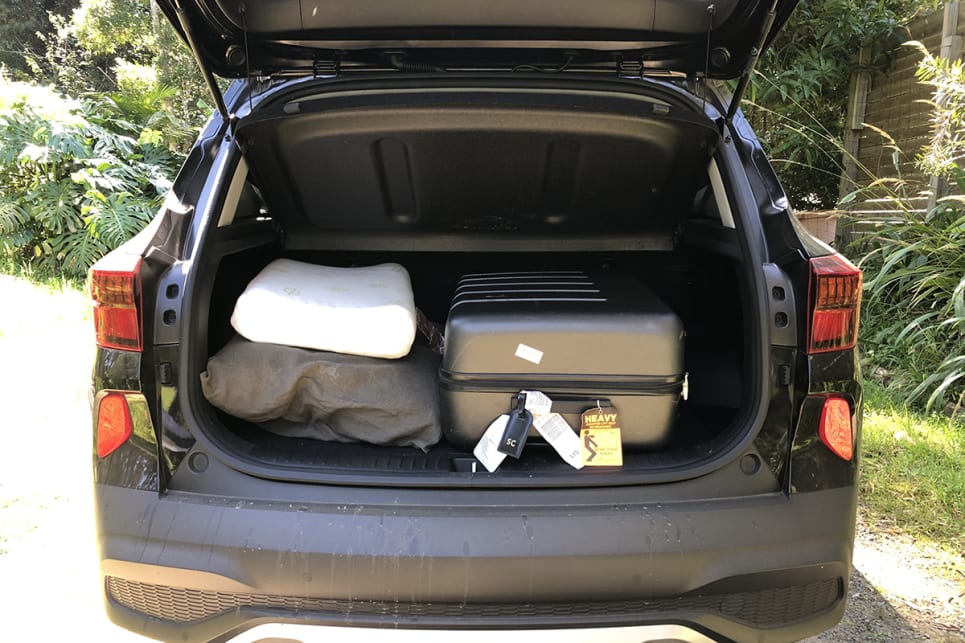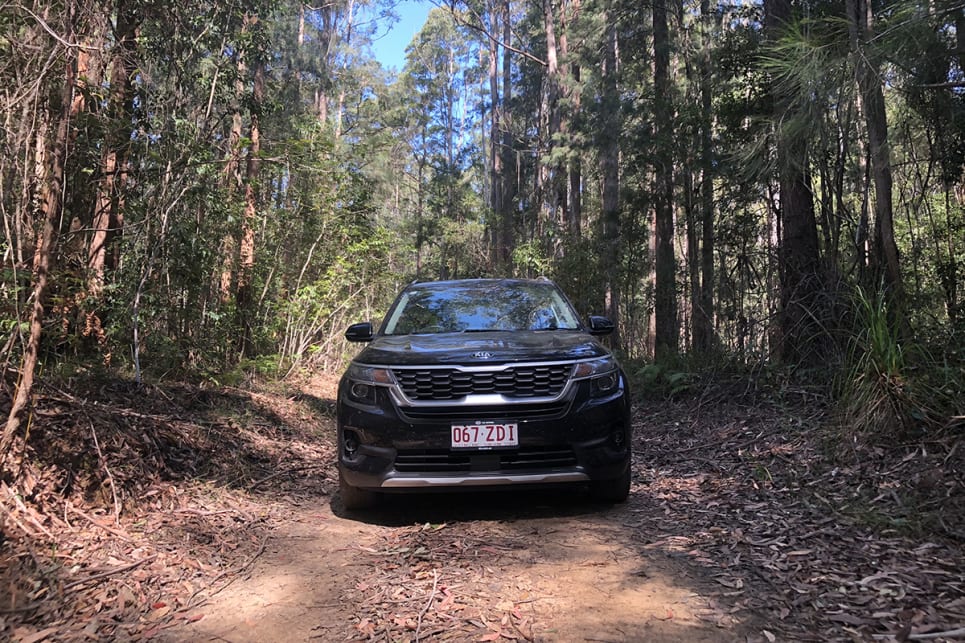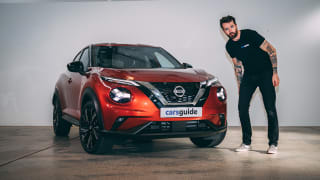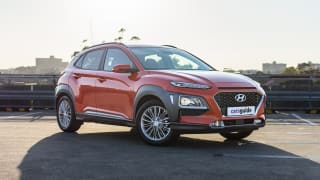Sometimes it’s the strangest, smallest things that can paint a smile on your face when you’ve been living with a new car. Sure, there’s the obvious stuff - the engine, the gearbox, how many seats it’s got - but there are often also unexpected surprises that will leave you suddenly grinning, too.
In the Kia Seltos, that surprise arrived with a thump. And I mean that literally - it was the satisfying thump of the rear passenger door shutting that had me smiling. See, days earlier, I had climbed out of a more expensive small SUV - one with semi-premium aspirations - and shutting the rear door gave you the impression of folding wet cardboard. There was a uninspiring lightness, and cheapness, to the door construction, and it just didn’t feel anything like solid or satisfying when you swung it shut.
Fast-forward to the Seltos, though, and you’re left with the impression of moving granite when you close the doors. It’s solid, satisfying and decidedly premium feeling. Better still, it’s one of a number of pleasant surprises that have flooded our first month of Seltos ownership.

There's plenty of time for us to deep-dive the specification of the Seltos, so I thought for this, my first dispatch from the driver's seat of Kia's newest SUV, I might do things little differently, and focus not on the spec sheet, but on the little niceties that you likely won't notice until your first, second or third month of ownership is in your rear-view mirror.
But first, let's get the obvious stuff out of the way first. This is the Kia Seltos Sport+ FWD. That means it gets a 2.0-litre petrol engine delivering 110kW and and 180Nm, with that power fed through a CVT automatic and send, unsurprisingly, the front tyres. It will cost you $33,990 drive away.
The Sport+ is also available as an AWD, with swaps the engine out for a 1.6-litre turbo and the CVT for a seven-speed DCT auto, but that ups the cost to $37,490. If you're a city-dweller, like me, then I really wouldn't bother.
Either way, the Sport+ is among the more expensive ways into a Seltos. It sits below only the GT-Line (which is a considerable $42,990 drive-away), and above the Sport Safety Pack ($31,490), the Sport ($30,490), the S with Safety Pack ($27,990) and the entry-level S ($26,990). All those prices are drive-away, too.

Yes, the Sport+ FWD is around $7k more than the cheapest Seltos, but it's also probably the sweet spot in the range, offering plenty of bang for those bucks. Think 17-inch alloys, a massive touchscreen, climate control in the front, push-button start and keyless entry, LED interior lights, leather-accented seating and more safety stuff than you can shake a parking sensor at, earning the Seltos a five-star ANCAP safety rating.
Expect front and rear parking sensors, a rear-view camera with guidance lines and six airbags (front, front-side and curtain), but also some high-tech equipment, too. The Sport+ model gets lane keep assist, AEB with pedestrian and cyclist detection, rear cross-traffic avoidance, lane change assist and blind-spot detection.
First, as promised, the surprises. I know I said we wouldn't be deep-diving specifications on this dispatch, but forgive me this one, because it also acts as the first eye-widening feature in the Seltos.
And that is the fact that Kia's smallest SUV actually isn't that small. It measures 1800mm in width, and 4370mm in length, which is big for a car in that segment. The Hyundai Kona, for example, is 4165mm in length.

And that means a big boot. In fact, its 433 litres with the rear seats in place outshines the Kona (361), Mazda CX-30 (317) and Nissan Juke (422), and most others in the small SUV segment. Only the Honda HR-V (437), Jeep Compass (438) and Mitsubishi Eclipse Cross (448) betters it.
Proof, as ever, that not all small SUV's are created equal, or at least equally sized, and the extra boot space (and room in the backseat, for that matter - our corgi, poppy, had plenty of leg-room. But that might have also had something to do with the fact each leg is about the length of a Tim Tam) comes in plenty handy in a car this size.
Onto surprised number two, then. And yes, this sounds minor, but it's also utterly unexpected in a car in this segment, and that is the tech-friendly nature of the interior. The cabin lights, for example, are touch-operated, so you merely need to caress them with a finger tip to activate them, and the air-con display is digitalised, as is the screen in the driver's binnacle.
But the biggest tech boon is by far the massive 10.25-inch touchscreen perched in the centre of the dash. It's huge, clear and simply to use, and seriously wouldn't feel out of place in something German. You can split the screen (nav on one side, music on the other, for example) and because it's Apple CarPlay and Android Auto equipped, you simply plug your mobile in an away you go. In-built navigation is standard here, but I'm yet to use it. Because with constantly updated Google Maps at your fingertips, why would you?

Final surprise? The CVT automatic. Yes, constantly variable transmissions were as welcome as coronavirus second wave when they burst onto the scene, with the earliest versions trading driving enjoyment for better fuel efficiency, leaving the driver with the short end of the stick.
But in the Seltos (and a lot of other modern CVTs, to be fair) the transmission has improved immeasurably. Still not quite as simple and unobtrusive as a torque converter, but honestly, most of droning has been removed from the drive experience.
In fact, it's only when you really put the boot into the Seltos that you notice it's doing its CVT thing at all, otherwise it just quietly goes about its business.
So more surprises than an M. Night Shyamalan flick. And there's more to come. The question is, will they all remain surprises of the pleasant variety? Join us for the next instalment as we put the Seltos the urban-life test.
Acquired: July 2020
Distance travelled this month: 430.5km
Odometer: 5932km
Average fuel consumption for July: 9.7L/100



